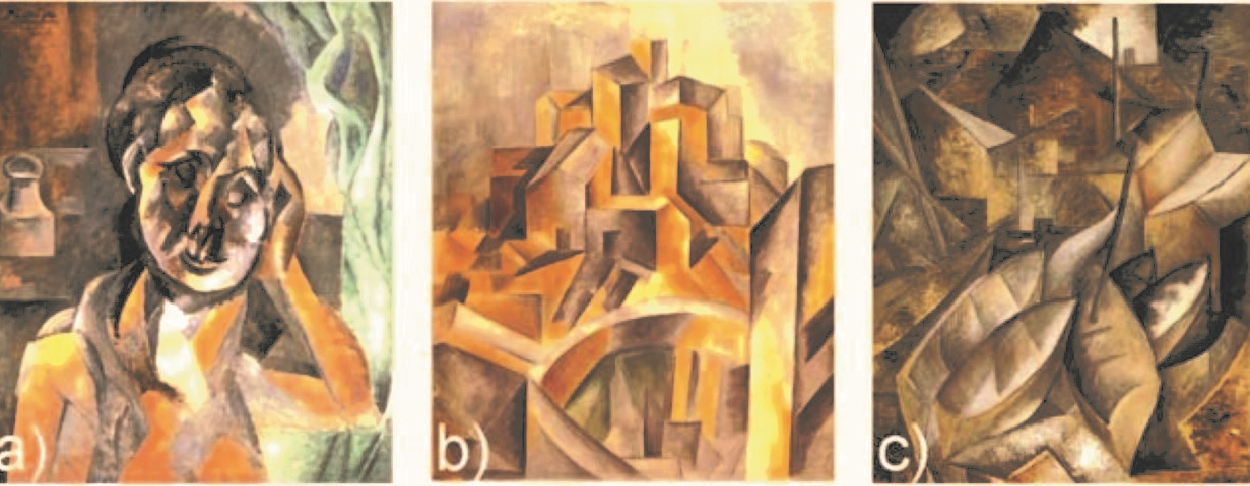News
Article
Cubism Exposed
Author(s):
A new exhibit at the Metropolitan Museum of Art in New York City displays Cubist art. Science helps us understand why we see what we see.
A new exhibit at the Metropolitan Museum of Art in New York City displays Cubist art.
Science helps us understand why we see what we see.
From the Metropolitan Museum of Art Website.
Since cubist art reduces natural forms into the abstract, it has to be interpreted. As I walked through the new Cubist show at the Metropolitan Museum of Art in New York City this past Thanksgiving week, I noticed that I seemed to favor those paintings that I could decipher easily. The exhibition entitled, “Cubism: The Leonard A. Lauder Collection” runs through Feb. 15, 2015.
So, I got to thinking, am I the only one who prefers forms I readily understand rather than those I have to work to interpret? As it turns out, the answer is “no.” Others also lack energy for this kind of task.
We have researchers in Germany (Kuchinke, et. al.: “Pupillary Responses in Art Appreciation: Effects of Aesthetic Emotions”) to thank for this knowledge. They examined pupillary response to cubist art of varying degrees of complexity in their laboratory. In this way, standard pupil measurements could be taken while the art was observed. The pupil dilates and constricts not only to dark and light, but also when a viewer is interested in a work of art (dilates) or not (no response).
When the volunteers identified shapes that they recognized within the Cubist art, their pupils dilated indicating interest. These same paintings were also those most preferred in a questionnaire.

Figure 2 from Kuchinke, et.al. Pupillary responses in art appreciation: Effects of aesthetic emotions.
When the subjects could not process the representations, their pupils basically showed no change. This artwork was also less favored upon questioning. For example, in the above illustrations a) proved to be of more interest than c). It was also a) that had the most easily identifiable form within it.
To the authors, these results indicated cubist art appreciation, on average, depends on whether or not the art itself can be processed into something meaningful to the viewer. That which is understood will interest us more readily than an incomprehensible piece.
This research makes an important step toward understanding a difficult and important question—the physiological basis of our response to art. And it also suggests that I and others are not really lazy when we gravitate toward cubist art that is easy to understand, but rather just human.
For More:Art and the Altered State: Science Correlates with the Sublime




